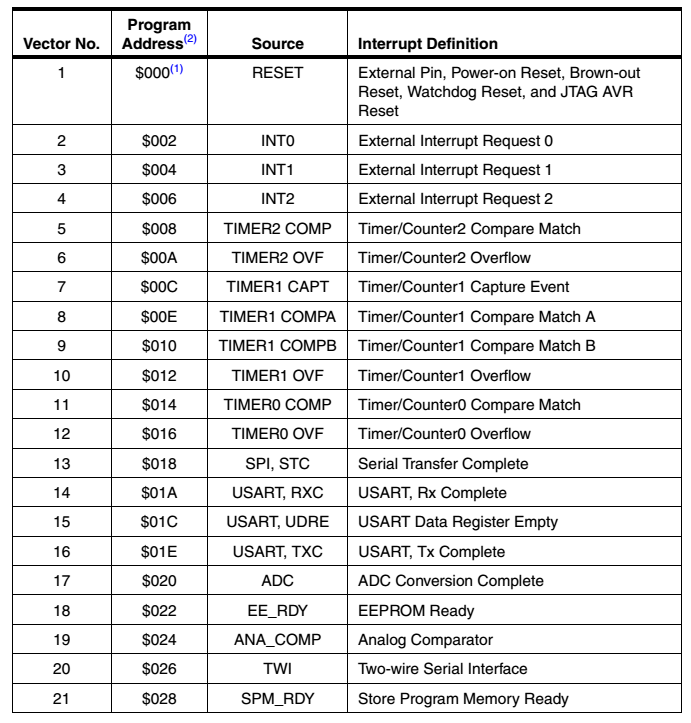Difference between revisions of "Basics of AVR Interrupts"
| Line 1: | Line 1: | ||
[[Category:AVR Tutorials]] | [[Category:AVR Tutorials]] | ||
Interrupts, are perhaps one of the most important pieces that you need to understand for completing most of your micro-controller projects. Interrupts allow micro-controllers to continue doing their main job and provide mechanism to handle all other tasks which need the controller attention. | Interrupts, are perhaps one of the most important pieces that you need to understand for completing most of your micro-controller projects. Interrupts allow micro-controllers to continue doing their main job and provide mechanism to handle all other tasks which need the controller attention. | ||
| + | [[File:0 Interrupt.png|center]] | ||
Before we go ahead with the examples here, are a few situations where you may want to use these: | Before we go ahead with the examples here, are a few situations where you may want to use these: | ||
* Let's say you have a device like GSM interfaced to your Micro-controller using UART or other serial interface. You simple do not know when you'll receive a new text message or a call. One way to handle this is continuously monitor for the even to occur. The other way is to configure a serial interrupt. Yes, you guessed it right, this is a Software Interrupt indeed. | * Let's say you have a device like GSM interfaced to your Micro-controller using UART or other serial interface. You simple do not know when you'll receive a new text message or a call. One way to handle this is continuously monitor for the even to occur. The other way is to configure a serial interrupt. Yes, you guessed it right, this is a Software Interrupt indeed. | ||
Revision as of 13:53, 19 March 2016
Interrupts, are perhaps one of the most important pieces that you need to understand for completing most of your micro-controller projects. Interrupts allow micro-controllers to continue doing their main job and provide mechanism to handle all other tasks which need the controller attention.
Before we go ahead with the examples here, are a few situations where you may want to use these:
- Let's say you have a device like GSM interfaced to your Micro-controller using UART or other serial interface. You simple do not know when you'll receive a new text message or a call. One way to handle this is continuously monitor for the even to occur. The other way is to configure a serial interrupt. Yes, you guessed it right, this is a Software Interrupt indeed.
- Now let's say you're building a music player. The main task of the processor is to read and play back the audio file. However the player should be able to play/pause/forward/rewind. And this could happen any time. How about connecting the switches to hardware interrupt pins? The processor will be notified any time the events happen.
Interrupt Sources
With AVR Micro-controllers, you can configure interrupts on various sources such as:
- Port Pins : INT0, INT1 and INT2
- Timers
- UART
- SPI
- ADC
- EEPROM
- Analog Comparator
- TWI or I2C
The vector table below shows the mapping of various interrupts. Notice that the RESET interrupt has an address of $000, the first address of the program memory indeed.
Also notice that the next interrupt starts at an offset of 2 words(AVR Memory is word addressable 1 Word = 2 Bytes). Indeed no program can be stored in 4 bytes. What it will hold is a Jump instruction to actual Interrupt service routine(ISR) in the memory. ISR, the name might sound fancy, but it is nothing more than a program that executes once the interrupt is generated.
Interrupt Priority
Now you might wonder, what is I configure various interrupts and two or more interrupts happen at the same time, which will get executed? The answer is it depends on the interrupt priority. For AVR architecture it is simple. The lower the vector address, the higher the priority. Have a look again RESET has the highest priority as might expect and other units later.
Check the tutorials below on configuring and using all of these interrupts with AVR.


